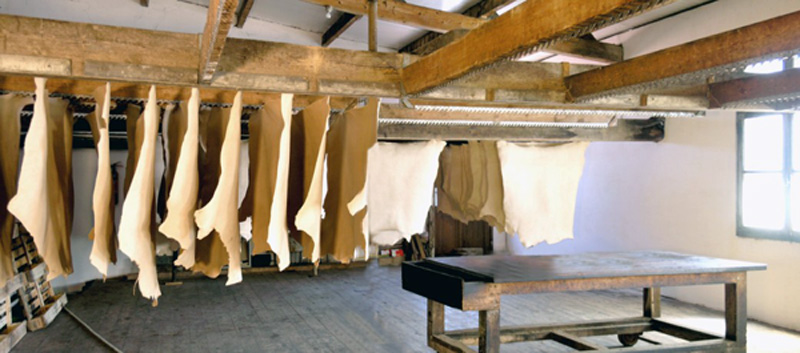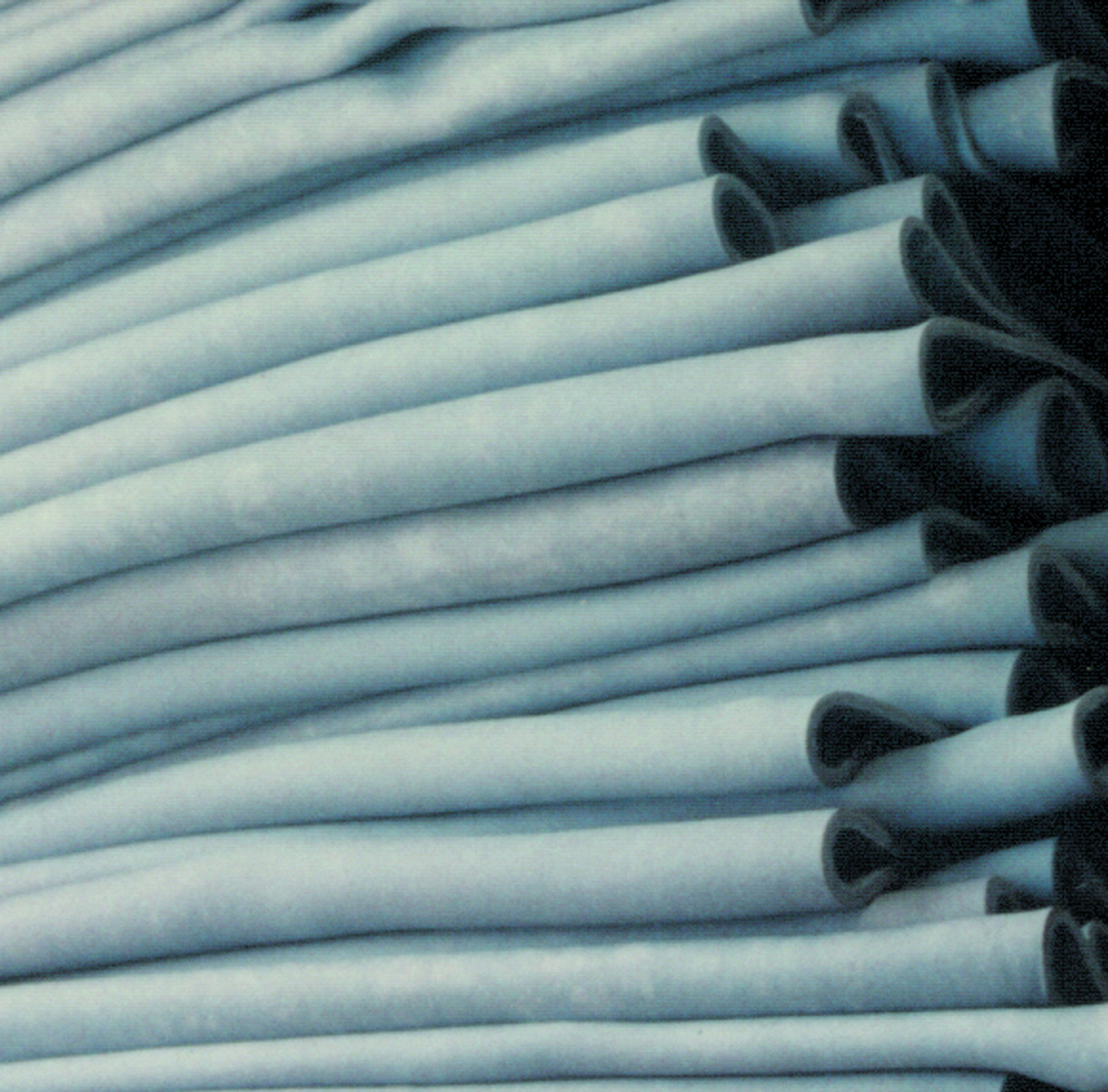Vegetable tanned leather or chrome tanned leather?

Vegetable Tanned Leather VS Chrome Tanned Leather?
The History
The leather that your bag is made of has been tanned. And no, that doesn’t mean that it has been left in the sun to get sun tanned.
Basically, tanning is the process that converts animal skin to leather. How this process is carried out has a significant impact on the qualities of the bag you hope to use for years to come. Will it soften and acquire a patina over time? Or will it be soft and supple from day one and keep its looks over the years?
The tanning process simply means to treat the animal skin to prevent it from rotting away and making it strong.

Vegetable tanning is done by soaking skin and hides in a solution made up of vegetable tannins. These tannins would most often come from trees such as oak, chestnut or mimosa, but hundreds of tree types and other plants have been used. The tannin molecules will enter the hide and displace the water that is bound in the collagen. The water is drawn out, but as the tannins take the place of the removed water, the leather does not grow inflexible as fully dehydrated leather otherwise would.
It may sound easy, but it isn’t. The process is complex and the skins require multiple treatments over a period of up to two months in order for the water molecules to be fully extracted and letting the tannin molecules take their places in just the right way. A lot of work from highly skilled craftsmen is involved too.

Chromium tanning
The complexity, expense and time involved with tanning with vegetable tannins led, in 1858, to the development of using mineral tanning agents instead. The basic principle is the same, but the process is much quicker using chrome which is the most popular mineral tanning agent today. The whole process can be automated and finished in a day or two.
The process, however, is less natural than when using vegetable tannins. This requires the use of acids and other chemicals as well as the chromium sulphates themselves. If not properly managed, these will have a negative environmental impact, and the industry continues to be under pressure to “clean up” as more regulations are introduced.
Which is better for CONSUMERS?
To simply put it, it all depends on the use!
If you want something that is soft and supple like that luxury brand tote bag you saw at the mall, most probably you would need chrome tanned leather.
If you want a variety of colors, anything from scarlet red to lily white, chrome tanned leather will be the choice for you.
If you want it to be cleaned easily and maintain its luster for many years to come, yup! Chrome tanned leather is the one to go for.
Vegetable tanned leather continues to be associated with tradition and craft, but relatively few tanneries today have the capability to produce vegetable-tanned leather. The time and skill involved in its production make it an expensive material.
If you like tradition and love how leather develops with age and use (patina), veg tanned leather would showcase your love on itself.
If you are an eco-green person, veg-tanned leather would most probably suit you better.
If you like tough and durable leather, veg-tanned leather would not disappoint.
Which is better for the ENVIRONMENT?
Vegetable tanned leathers are generally biodegradable, but its tanning process requires the use of more water and more tanning agents than when chrome tanning. Some of these agents may also contain harmful ingredients such as formaldehyde. Hence, regardless of either tanning methods, proper wastage management is crucial to keep our EARTH green.
Chrome tanned leathers, on the other hand, cannot be recycled as easily, but some companies now extract the chrome out of unused leather and resell the chrome to tanneries where it can be used again.
Do also note that chrome tanning DOESN’T use chromium IV which is toxic, it uses chromium III which is found naturally in the environment and a necessary nutrient for the human body.
Today, almost 90% of the world’s leathers are chrome tanned – partly due to the lower cost, but also because chrome tanned leathers are softer and less susceptible to water stains, making them preferable for specific purposes such as clothing and furniture
Differences in a nutshell
Advantages of Veg tanned leather:
- 1.Vegetable tanning is environmentally friendly; meaning any leather products that have been vegetable tanned can be recycled.
- 2.Vegetable tanning is an age old tradition, so most tanneries have very skilled craftsmen producing and dying the leather.
- 3.Due to the natural tannins used, vegetable tanned products actually improve with age and develop a patina.
- 4.Each leather product that is dyed using vegetable tanning is completely unique.
- 5.The colours that tree bark vegetable tanning produces are usually warm earthly brown tones that look natural.
Disadvantages:
- 1.The process of vegetable tanning takes a long time, and can take up to 60 days.
- 2.Vegetable tanning doesn't react well with water and can stain easily.
- 3.Products that have been vegetable tanned are more expensive.
- 4.The colours you can produce from vegetable tanning are limited.
- 5.Direct heat can cause vegetable tanned products to shrink or crack
- 6.Vegetable tanned leathers are usually feels harder hence may not be suitable for ladies bags that are soft and supple.
- 7.This tanning process usually produces more waste which may also harm the environment when not properly handled.
Advantages and Disadvantages of Chrome tanning
Advantages:
- 1.Quick and easy to produce, usually only taking up to a day.
- 2.Stain resistant and water can roll off the surface easily.
- 3.Soft and supple to the touch hence often used by luxury brands
- 4.Colour remains the same throughout the products life.
- 5.It’s cheaper to buy than vegetable tanned leather, which means it is also easier to find.
- 6.It has a high degree of thermal resistance.
Disadvantages:
- 1.Chrome tanning is very bad for the environment when not properly handled..
- 2.It’s produced with little skill and very often mass produced.
- 3.Badly produced chrome tanned leather doesn’t wear very well or last long and can crack after a few months of use.
- 4.Chrome tanning often smells of chemicals.
- 5.Badly produced chrome tanned leather doesn’t appear natural.



